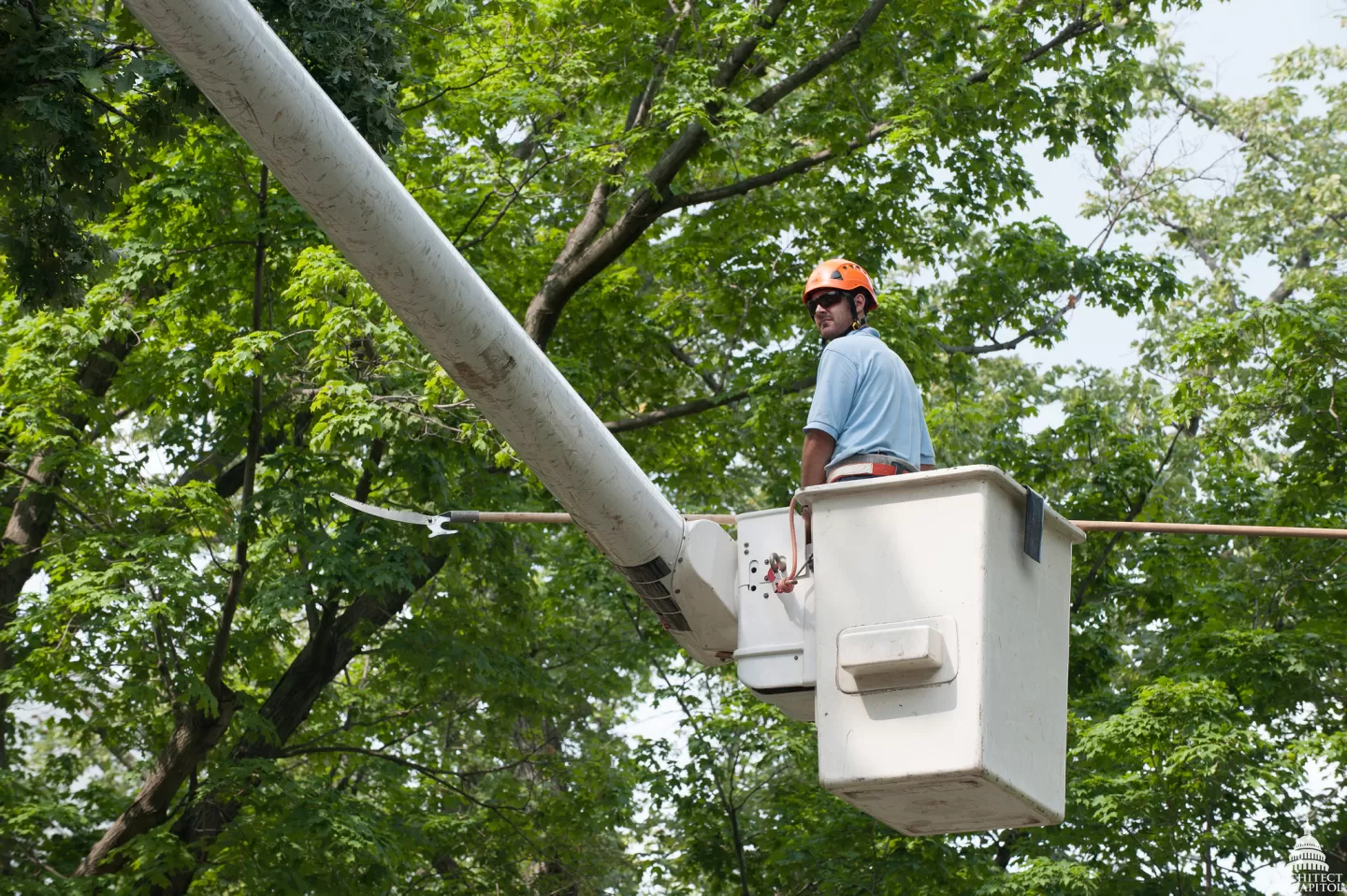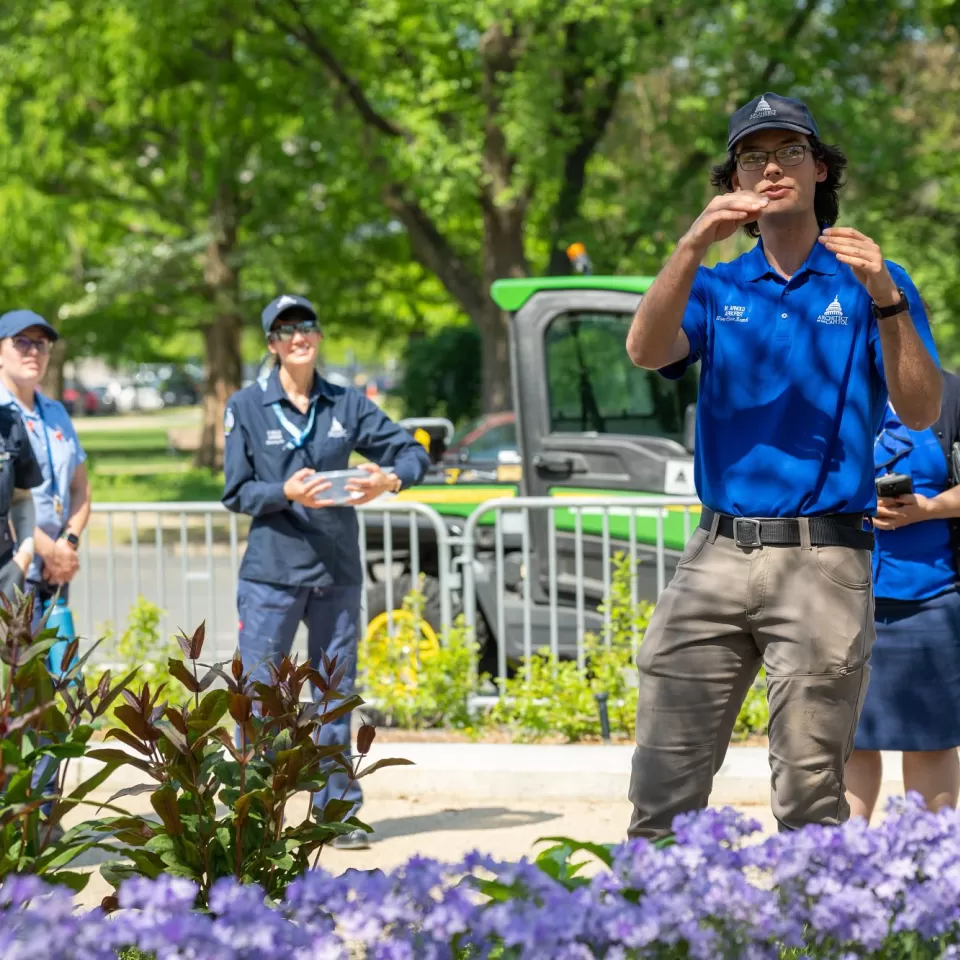Our Stories
Recent Articles
Behind the Scenes
Meet the Team: Photography and Technical Imaging Branch
The Photography and Technical Imaging Branch (PTIB) is responsible for the documentation of the historical buildings and grounds under the care of the Architect of the Capitol (AOC) and capturing the historic events within those spaces.
Behind the Scenes
Leading by Example
Charles "Doc" Wheatley, Assistant Supervisor of the Capitol Building Plumbing Shop's evening shift, has been a constant presence on the Capitol campus since 1987. That's when he accepted his first government position and began a decades-long career serving this treasured institution.
Behind the Scenes
Arborists on Campus — The Art of Tree Care
Thanking those who keep our trees thriving.
Behind the Scenes
Ducts in a Row
The experts at the House Mechanic Shop meticulously oversee campus HVAC systems, ensuring building temperatures are optimal for both daily operations and historic preservation.





Comments
This well-crafted essay delivers a strong message without sounding preachy. It's a pleasure to read about saving life of limb by professional arborist,_x000D_ thanks for sharing extremely useful information here.Just wanted to tell you keep up the excellent job!
I love my morning walk around the Capitol. The trees are magnificent. I wish there were many more with name tags. There are many trees I would like to know more about. I am particularly intrigued by a mammoth tree on the Northwest side of the Capitol. It must have been mature at the time George Washington took office. I hope your office will undertake a project to label the magnificent trees on the Capitol grounds.
I so appreciate the beautiful trees around the Capitol. The large, beautiful, and commemorative ones tend to be labeled, but there is a small tree near the southern entrance to the House of Representatives, just west of the House Triangle, that smells absolutely amazing in fall. It's sitting in a stand of holly, but this wonderfully fragrant tree doesn't have a label. I hope you can identify it for me. Thank you for all you do!
Add new comment